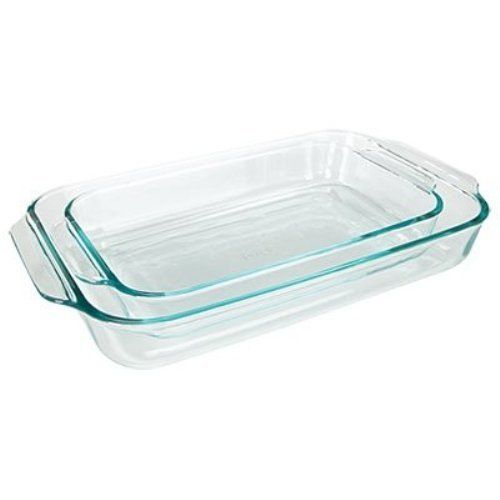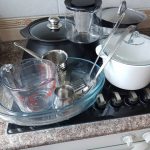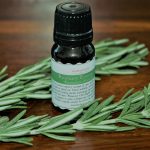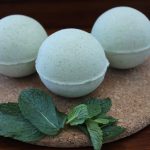What is the Safest & Healthiest Cookware?
BE CAUTIOUS WITH COOKWARE!
What is the Safest & Healthiest Cookware?
What’s cooking in your kitchen? Maybe nothing at the moment, but next time you’re going to whip something up – consider your cookware! Whatever it’s made from can end up in your food, so if you’re reading ingredients labels, you should also be reading cookware labels. The tough part is that cookware manufacturers aren’t required to spell out ingredients like food manufacturers. But, don’t worry, we’re here to help.
1. Toss the Teflon. Teflon is a coating typically made from chemicals from the perfluorochemical (PFC) family. PFCs have become a regulatory priority for scientists and EPA officials due to a growing body of evidence showing them to be highly toxic, extraordinarily persistent chemicals (some NEVER break down in the environment) that pervasively contaminate human blood and wildlife all over the globe. Recent research has shown that prenatal exposure to PFCs compromises early childhood immunity and that general exposure increases the risk of arthritis.
2. Avoid non-anodized aluminum. Most cookware today is made of anodized aluminum, but if you’re using hand-me-downs or buying used, check the label carefully and watch out for non-anodized aluminum, which can leach aluminum salts, causing a variety of unpleasant symptoms.
Non-anodized aluminum pots are usually heavy and look like they are pressed from a single piece of thick metal. The inside is the same color as the outside.
3. Look out for lead in ceramics. According to the National Institutes of Health, “any ceramic cookware bought in another country or considered to be a craft, antique, or collectable may not meet FDA specifications, and should not be used to hold food. Test kits can detect high levels of lead in ceramic cookware, but may not detect lower levels that may also be dangerous.”
4. Be careful with copper. Large amounts of copper from unlined cookware can cause nausea, vomiting, and diarrhea. Again, according to the National Institutes of Health, “some copper and brass pans are coated with another metal to prevent food from coming into contact with copper. Over time, these coatings can break down and allow copper to dissolve in food. Older copper cookware may have tin or nickel coatings and should not be used for cooking.”
5. Find something safer! It may seem easier said than done, but it’s simple if you choose one of the following staples:
Glass. All glass is inert, nontoxic, and safe (except for lead crystal glassware, which – surprise – contains lead).
Porcelain or Ceramic. These enamel finishes are completely inert and safe to use, but they also chip easily so they take a gentle cook (you just have to be careful when storing or stacking). Be aware, old or imported products may contain unacceptable levels of lead or cadmium.
Stainless Steel. This is a really great, safe and affordable cookware option. Be careful how you clean it, though, as frequent use of abrasive materials can scratch the surface and lead to the release of small amounts of chromium and nickel. People with nickel allergies should avoid cooking with stainless steel cookware.
Cast Iron. Cast iron has been the mainstay cookware for generations. It’s durable, simple in materials, has even heating and good heat retention. Cast iron will tend to rust, so it needs to be “seasoned” with oil before it is used. Also, clean your cast iron pans using a cloth or nylon dish-brush and no soap. Scrub away food scraps, and then get the pan hot again for a minute to evaporate any water. (FYI – Cast iron pans that have not yet built up a patina of seasoning can leach small amounts of iron. Iron is a vital nutrient, but for some people excess iron can be a problem. If you suffer from haemochromatosis or similar conditions you may want to avoid cooking in cast iron.)



